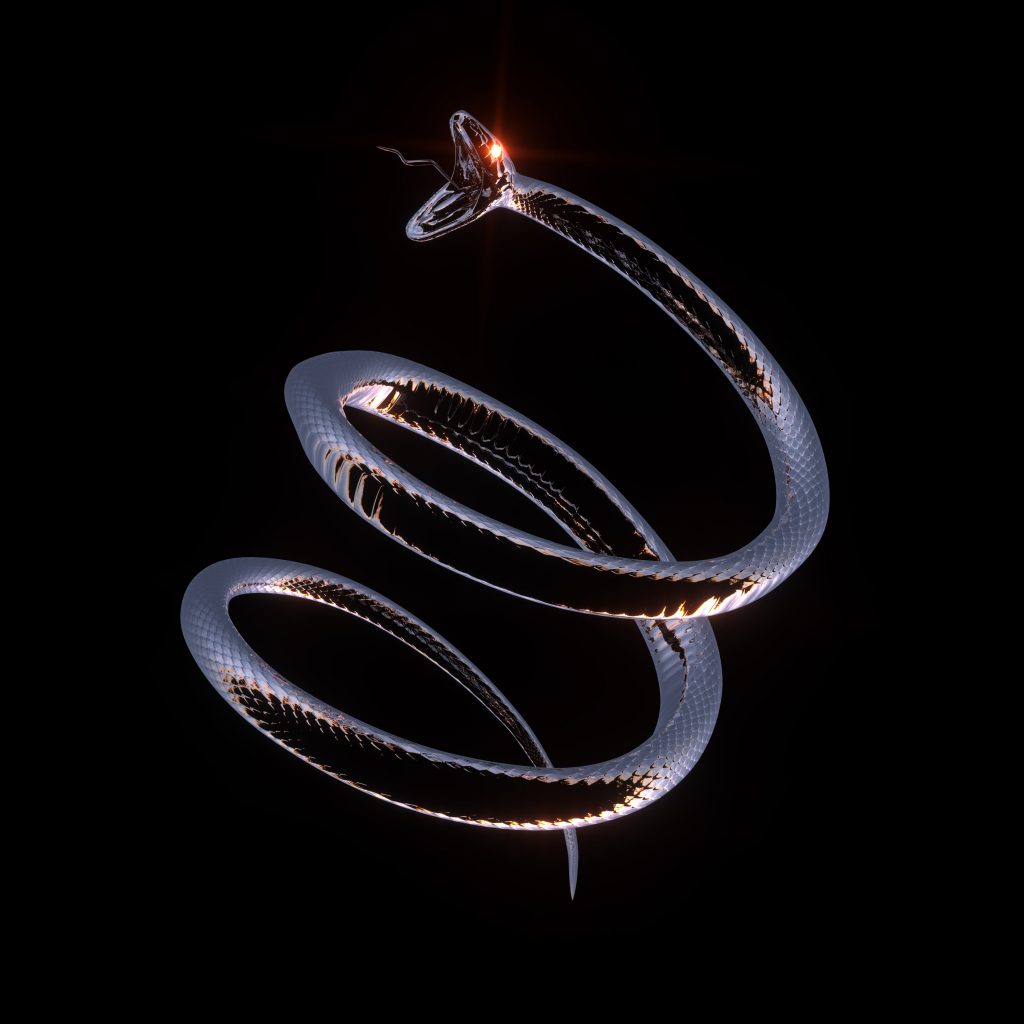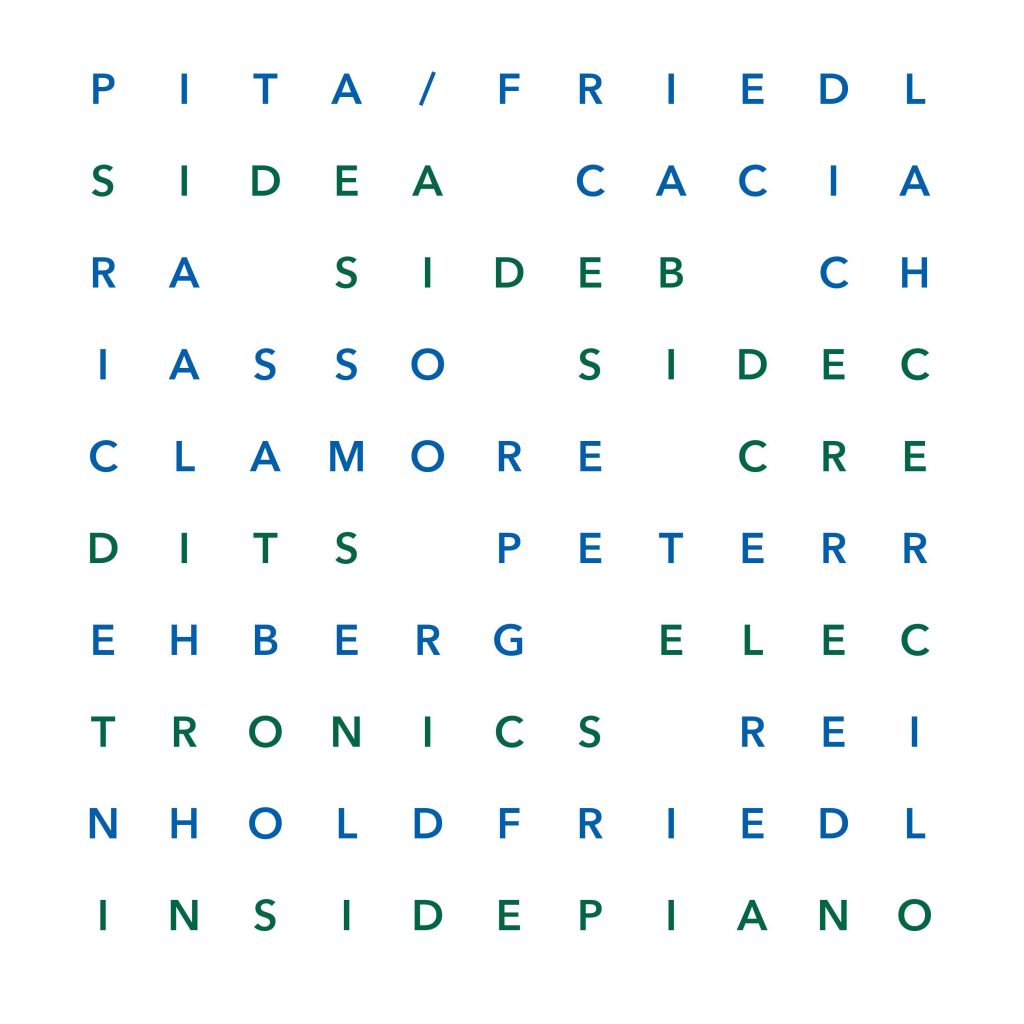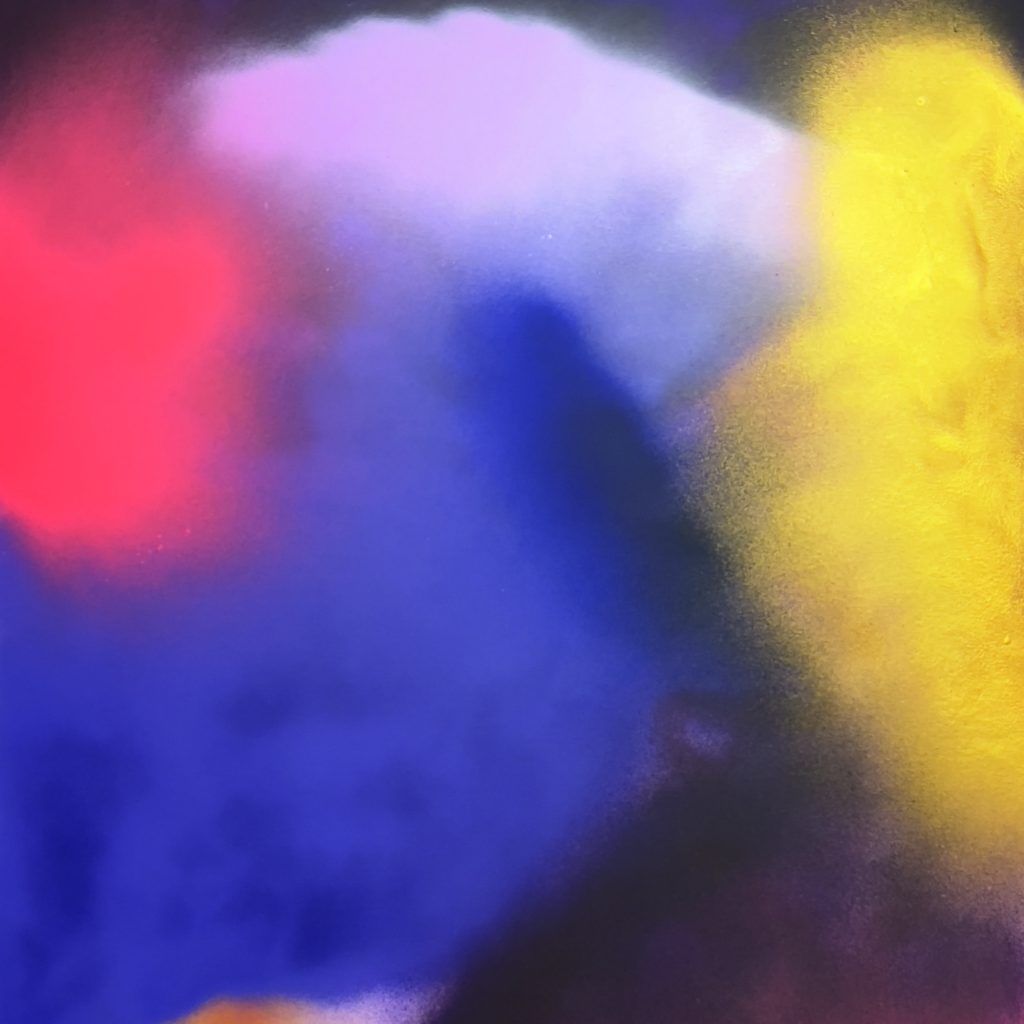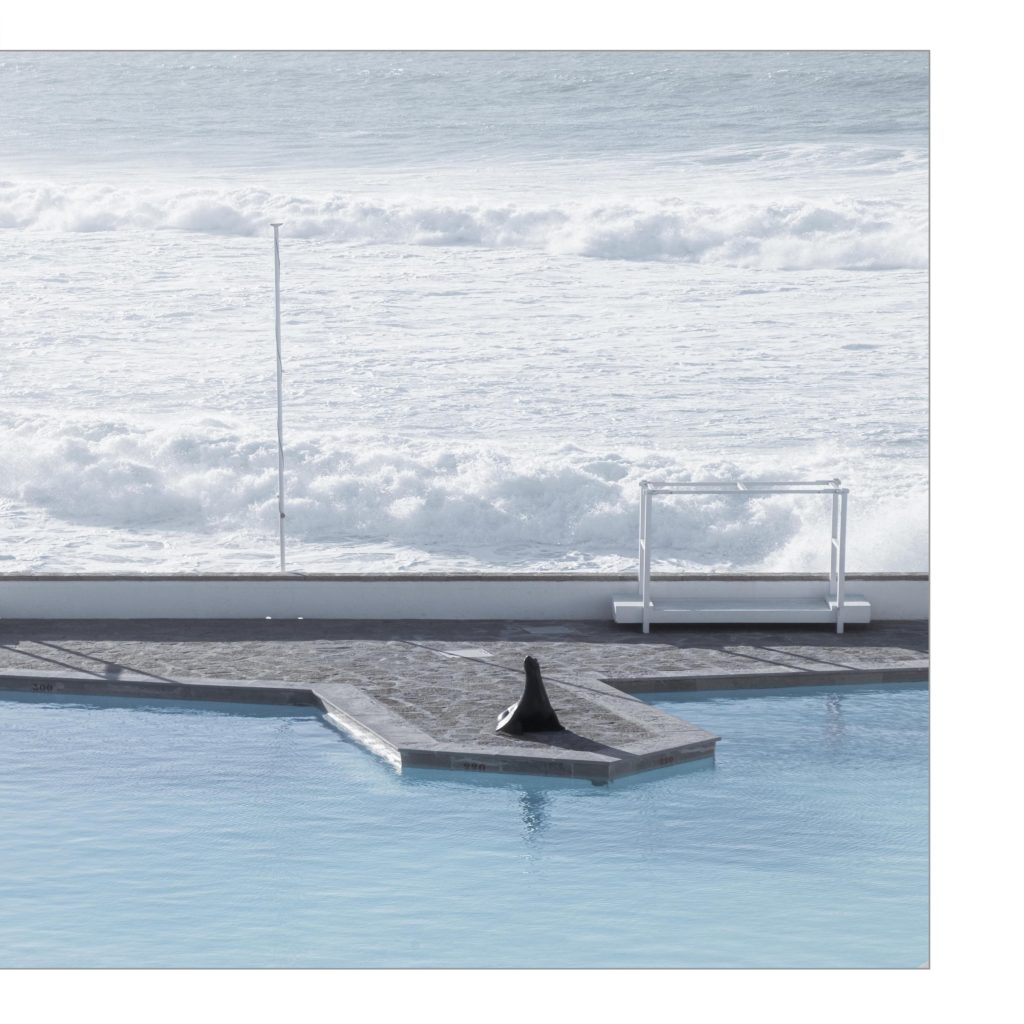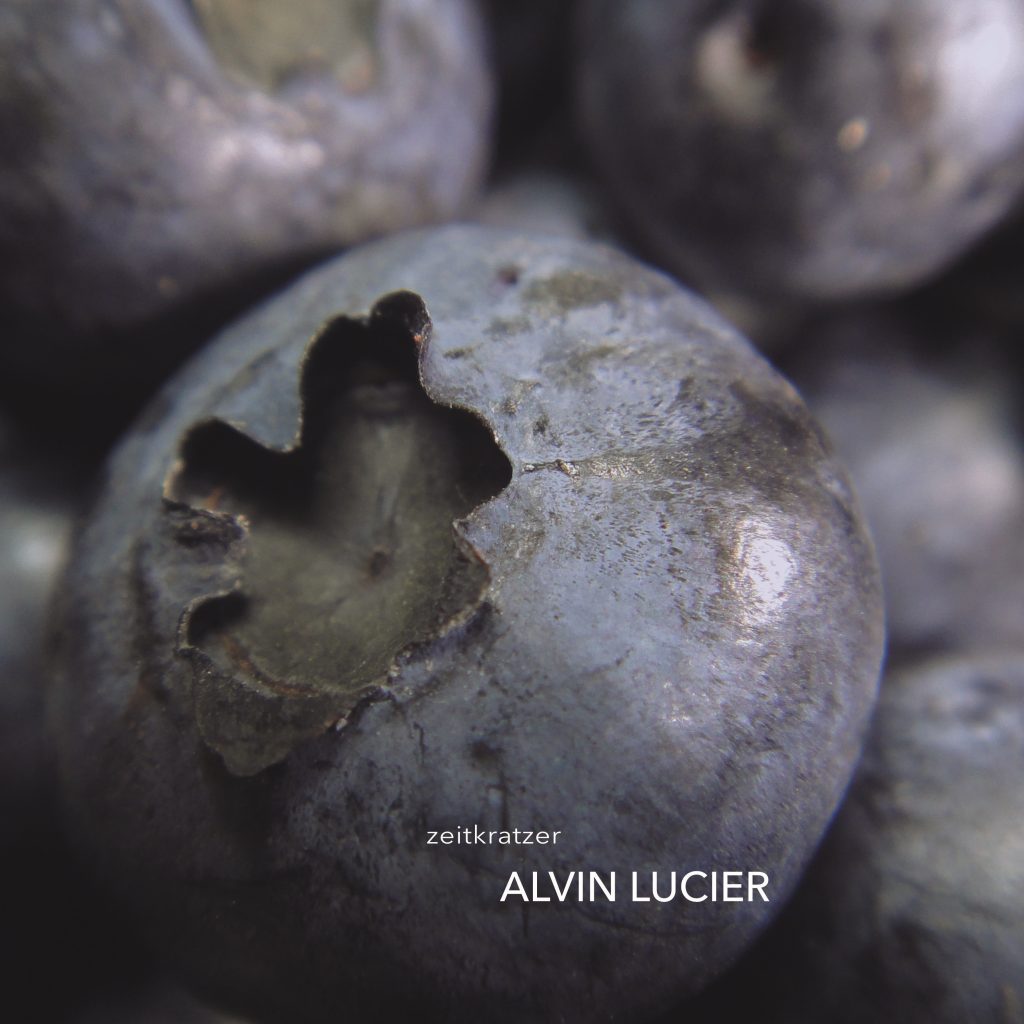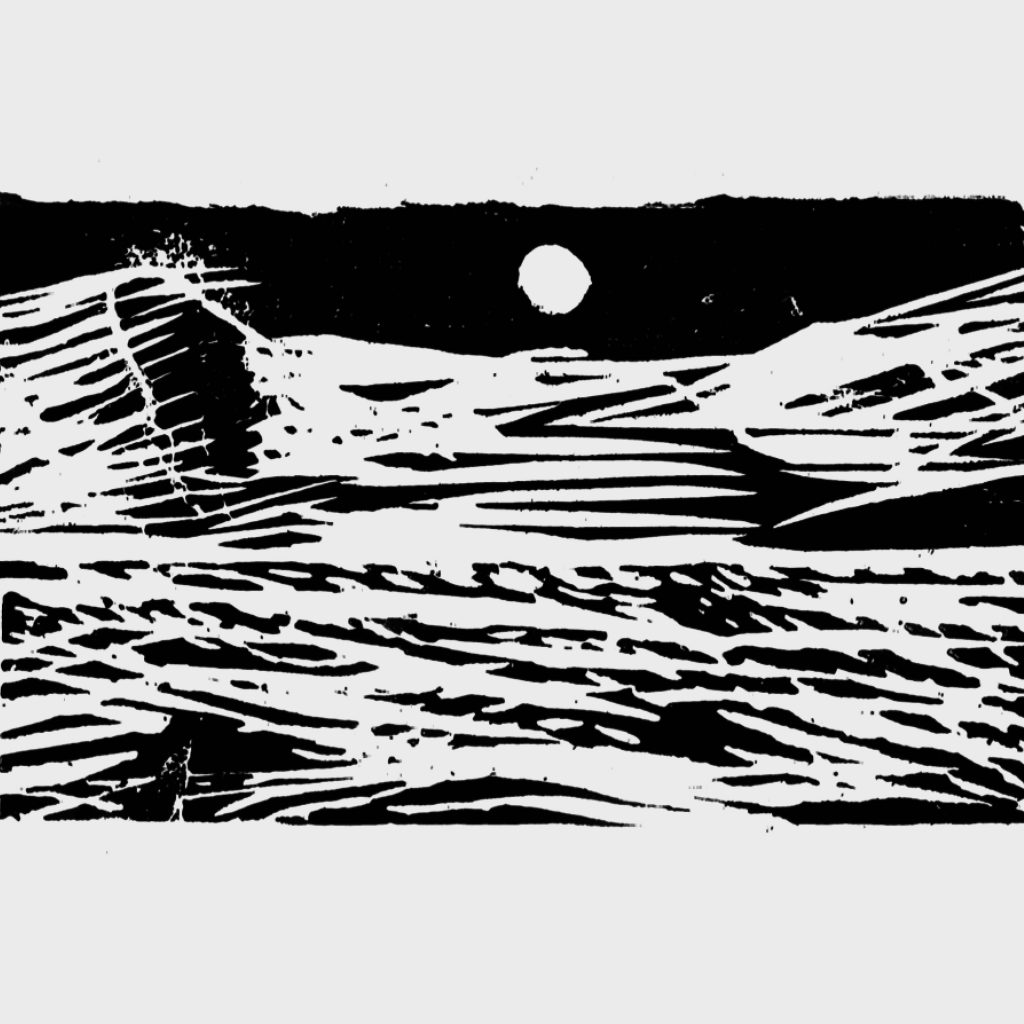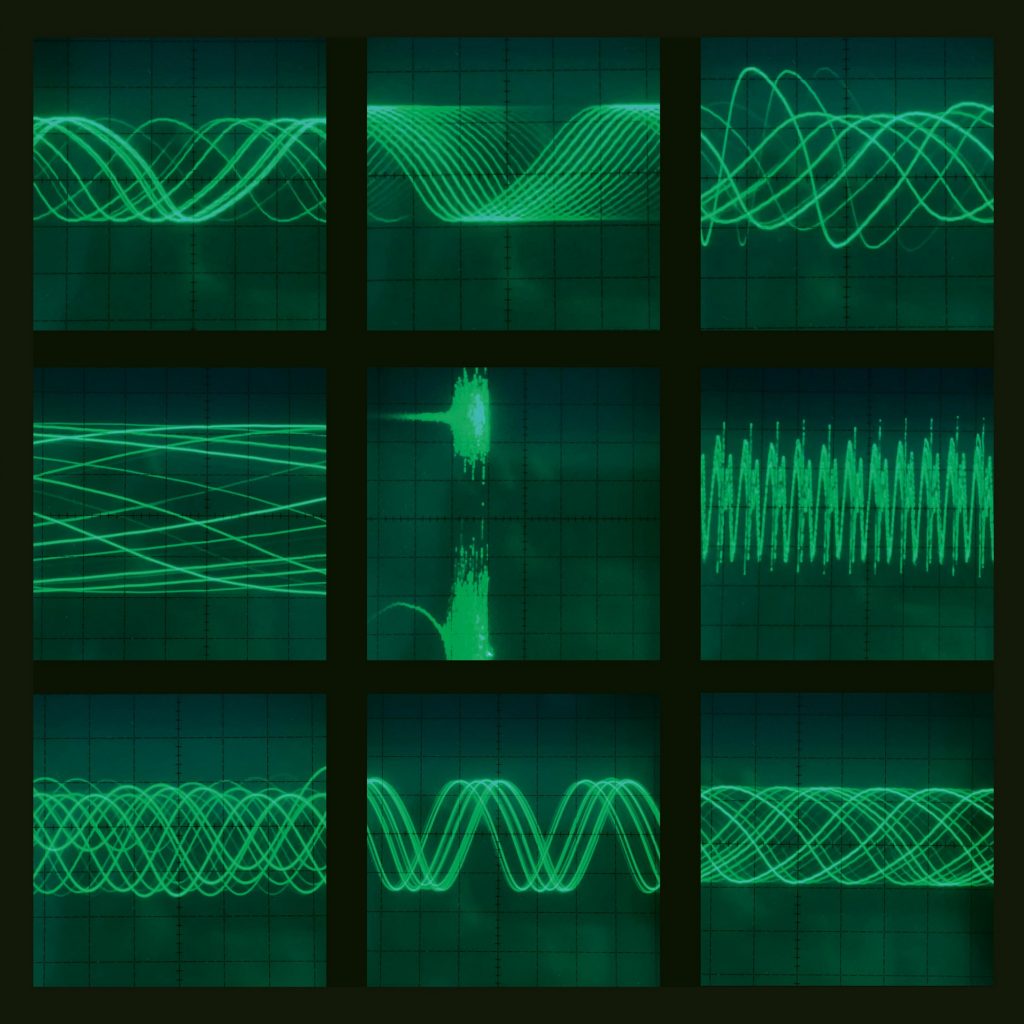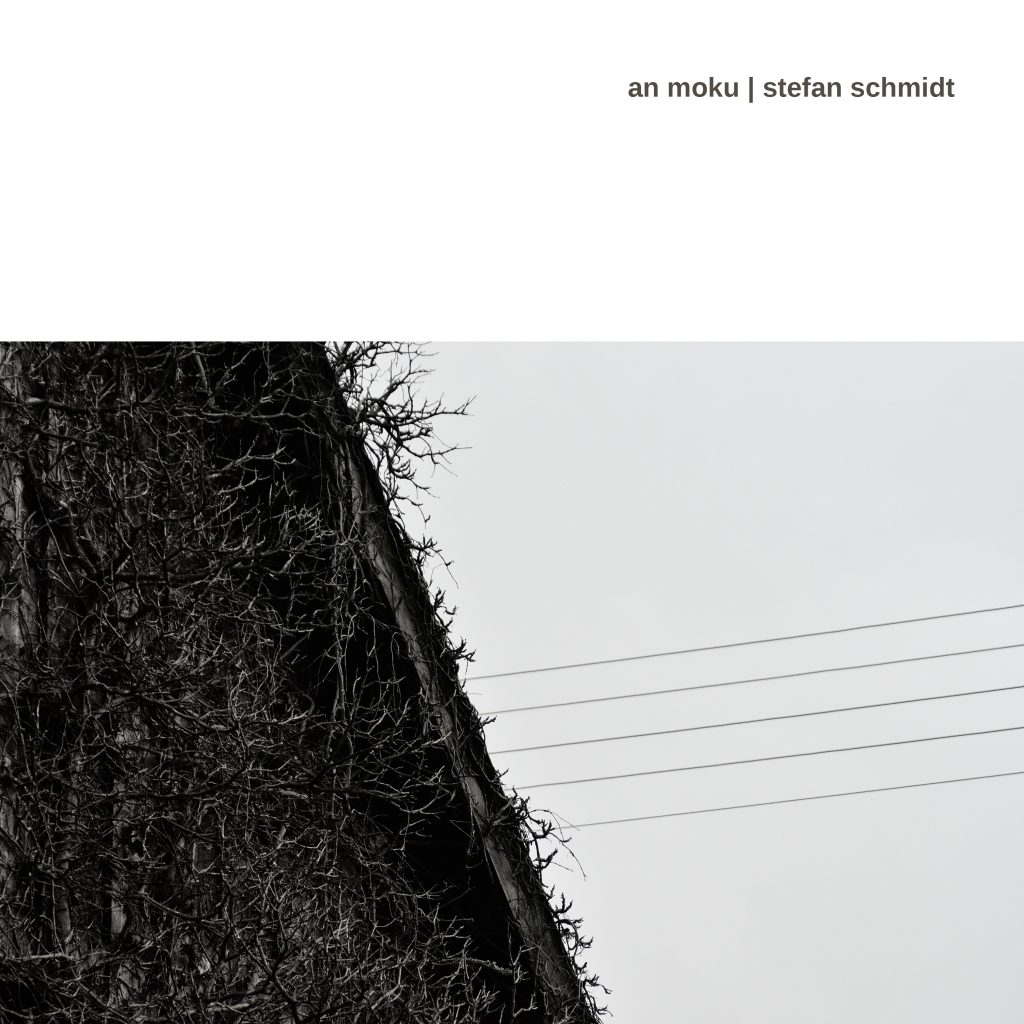
hÄK/Danzeisen – same
Format: 180 gr LP incl. download code / Limited edition tape, 50 handnumbered items / download
Release date: april 28th 2023
https://karlrecords.bandcamp.com/album/h-k-danzeisen
Modular synthesizers / electronics + a drum kit enhanced with triggers and sensors: on its self-titled debut album, the duo hÄK / Danzeisen creates a sonic energy that oscillates between high-precision rhythm patterns, analogue sounds and frenzy climaxes.
One must imagine hÄK / Danzeisen as a man-machine apparatus. A collection of cables, resonating bodies and restless limbs that together question all routines. Who overthrow conventional role of instruments and explore the possibilities of a new sound language. Bernd Norbert Würtz alias hÄK operates modular synthesizers, self-soldered circuits and control knobs. Philipp Danzeisen plays a drum kit enhanced with triggers and sensors. These two poles are connected to an interdependent whole in which a constant musical dialogue takes place. The dependencies within this system have been meticulously defined by hÄK / Danzeisen: Drum rolls and sound modulations are interconnected in such a way that there is no contradiction between the strict technological structure and the creative outburst that is possible at any time.
What drives hÄK / Danzeisen is the basic idea that the contrast between acoustic drums and synthetically produced sounds must be overcome in order to create a new experience. Würtz, Danzeisen and their combined instrumentation simultaneously rub up against the same edges, finding a single, piercing voice.
Ideal manifestations of this approach are the duo’s live performances: raw energy that oscillates as precisely as it surprises between drones, abstraction and noise attacks, driven by an impudent take on jazz. Constantly oscillating between the registers of „composed“ and „improvised“, each performance by hÄK / Danzeisen ultimately becomes one of a kind. (Arno Raffeiner)
hÄK alias B. Norbert Würtz
Norbert is a Berlin based composer, producer and experimental electronic musician working primarily with DIY circuits, modular synths, and found sounds. The music he writes and performs could be placed stylistically somewhere between electroacoustic, noise music and cut up, musique concrète. Besides improvising and performing experimental electronics under the moniker hÄK he produces music for other artists, as well as composing and designing sound for films, visual media and installations.
Norbert has enjoyed successful collaborations with a range of musicians and artists including Marc Teitler, Ayu Okakita, VOOV-Systems and Sayoko Paris (Dosage).
He has scored numerous shorts, films and videos for directors such as Yves Geleyn, Alexander Herzog, Peter Dörfler and Luc Besson, and has been commissioned to create original works for institutions such as La Gaîté Lyrique in Paris and the Royal Opera House in London. In 2004 he co-founded the hÄnschenKlein Experimental Music-VideoProject with his longtime friend, the director Alex Herzog. Their works have been screened in numerous festivals such as Impakt Festival (NL) and European Media Art Festival Osnabrück (DE).
After living for ten years in Paris where hÄK was a regular in the experimental scene, releasing music on underground labels (KommaNull (,0), Exhibitronic), he returned to Berlin in 2018 and soon after co-founded the duo hÄK/Danzeisen with Philipp Danzeisen on drums and himself on his “Molekular Synthesizer”.
Philipp Danzeisen
Born in Essen / Germany, Philipp grew up in Frankfurt Main / Germany. Raised in a family of actors, he developed an interest in combining theatre, dance, and music early on. In 1994 he moved to New York to study drums at the New School University and received his BFA in 1998. 2006 he received a scholarship for the Sound Design program of the Theater and Dance department at UCSD where he studied for one year.
Philipp is based primarily in Berlin. Performing credits include appearances in pieces by Einar Schleef, Jan Fabre, William Forsythe / Ballett Frankfurt, Meg Stuart, Rabih Mroué / Dance On, Tom Kühnel / Schaubühne Berlin, and Walter Fischbacher (New York). In addition, he has designed and performed several of his own sound projects; for example, a piece at the Artaud exhibition at the Kunstpalast in Düsseldorf. He has also worked as a sound designer and musician for fashion shows like Costume National in Milan.
In 2005, Philipp toured his project „Ur Jazz Sonate“ in Europe and was invited for the Kurt Schwitters exhibition at the Museo de Arte Moderno in Mexico City. In 2015 he peformed at the ZERO exibition at the Gropius Bau in Berlin. In Januar 2018 he was performing with the Duo SHARPA (Elektro-Postrock/Pop).
Since 2019 he has been the drummer of the duo hÄK / Danzeisen.
tracklist:
A1. Aufwärts
A2. Kurve (part I & II)
B1. Abwärts
B2. Ungerade
credits:
Philipp Danzeisen: drums, percussion
B. Norbert Würtz alias hÄK: modular synth, electronics
all music by hÄK/Danzeisen
recorded by Ingo Krauss at Candy Bomber Studios, november 2021
edited by B. Norbert Würtz
Kurve / Aufwärts mixed by Ingo Krauss
Abwärts / Ungerade mixed by B.Norbert Würtz
mastered & lacquer cut by Ruy Mariné at D&M, Berlin
cover photo by Beat Halberschmidt
artwork concept by Thomas Herbst
layout by kaidoh
